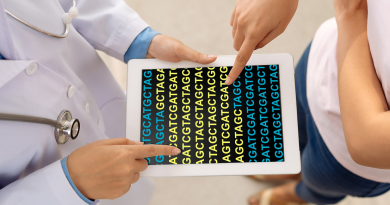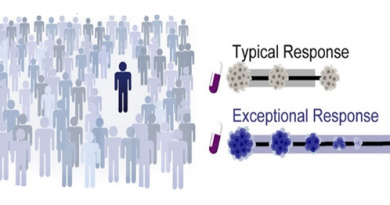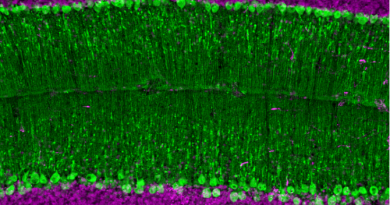IQSEC1 gene mutations cause new intellectual disability syndrome
It used to take several years or sometimes decades to unequivocally identify the genes that cause rare human syndromes that affect very few individuals. Nowadays, however, human geneticists and fly and mouse biologists have the means to work together to integrate their data, which has significantly accelerated the pace of disease and gene discovery.
This has been the case of conditions of intellectual disability, which affect almost 200 million people around the globe. Yet, not much is understood about the underlying genes or molecular pathways involved in these conditions.

A new study from the laboratory of Dr. Hugo Bellen, in collaboration with Dr. Stylianos Antonarakis, professor emeritus at the University of Geneva, reports the discovery of a new neurological syndrome that appears to be especially common in countries where marriages between genetically related individuals, such as cousins, are prevalent.
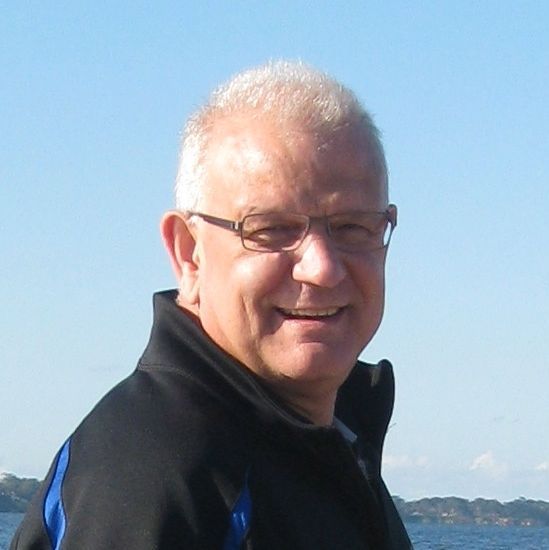
“We described five affected individuals from two unrelated families in Pakistan and Saudi Arabia,” said Bellen, professor of molecular and human genetics and neuroscience at Baylor College of Medicine and investigator at the Howard Hughes Medical Institute and the Jan and Dan Duncan Neurological Research Institute at Texas Children’s Hospital.
All five patients in the cohort presented with similar clinical symptoms – intellectual disability, developmental delays, short stature, speech loss, low muscle tone and, in some cases, seizures and aggressive behavior. Analysis of the patients’ exomes (all the protein coding regions of the DNA) showed that they carry mutations in gene IQSEC1.
In humans, IQSEC1 belongs to a family of three related genes. Mutations in the other gene family members, IQSEC2 and IQSEC3, previously were implicated in certain types of intellectual disabilities and/or seizures.
This is the first study to identify mutations in IQSEC1 that cause a neurodevelopmental disorder.
All the individuals in this cohort were from consanguineous families and had inherited two defective copies of IQSEC1, one from each parent. The defective copies of IQSEC1 identified in the patients produced altered proteins.
Unraveling the role of IQSEC1 mutations in the new syndrome
The researchers turned to fruit flies to investigate whether the mutations in IQSEC1 were the cause of intellectual disability and other symptoms in these patients. They genetically engineered flies to lack the schizo gene, which is the equivalent of the human gene IQSEC1. Then, they tested whether human IQSEC1 could compensate for the loss of schizo.
“We found that normal versions of human IQSEC1 protein could partially functionally compensate for the loss of schizo, whereas the defective forms of IQSEC1 found in the patients, could not. These findings are a strong indication that the patients’ genetic variants produce non-functional IQSEC1 proteins,” Bellen said.
Furthermore, deletion of schizo gene resulted in dead fruit fly embryos with severe defects in neural projections and arborizations – the extensions of axons and dendrites that provide structural connections between neighboring neurons were severely perturbed. Consistent with this finding, deletion of IQSEC1 from the cortical neurons of mice also led to similar defects in certain neural projections. Defective branching of neurons impairs their development and is implicated in several neurological conditions including intellectual disability, autism and seizures.
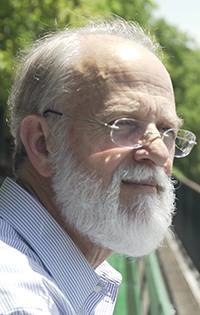
“The rise of research collaborative initiatives, such as the Undiagnosed Diseases Network, and the availability of new web tools such as GeneMatcher and MARRVEL, makes it currently much easier for scientists to collaborate and in significantly less time solve rare medical mysteries,” said Antonarakis, who is the former director of the Department of Genetic Medicine and Development and founding director of the iGE3 institute of Genetics and Genomics of Geneva.
Read all the details of this work in the American Journal of Human Genetics.
For a complete list of contributors, their affiliations and financial support for this project, go to the publication.

